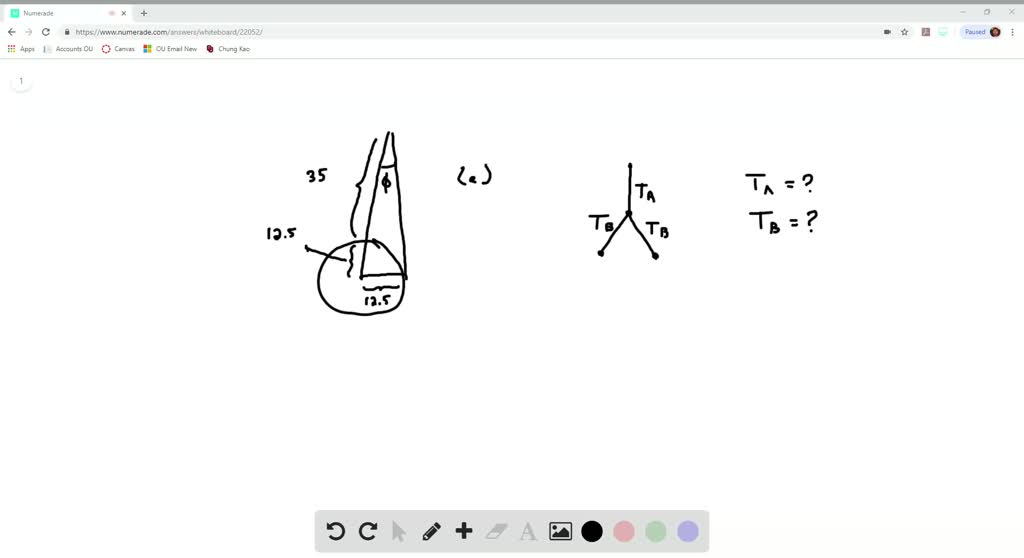

The linear motion is achieved by energizing an electromagnetic coil to pull the obstructer in one direction. There are many different types of obstructers used including plunger, shuttle, spool, and diaphragm. Solenoid valves operate using a linear sliding obstructer that opens and closes the valve, or changes the flow from one outlet to another.

TWO IDENTICAL TINY BALLS OF HIGHLY COMPRESSED MANUAL
Most manual butterfly valves do incorporate this feature. If a manual actuator is used in a flow control application, it must lock into place, so that the force of the fluid does not rotate the disc in either direction. Butterfly valves also function rather well as a flow control valve or an on/off valve. When rotated 90˚ the flow goes through the valve by traveling around the slim profile of the disc.īutterfly valves are commonly used on larger pipe sizes where a ball or plug valve would get very large, expensive, and heavy. When the disc is perpendicular to the direction of flow, the flow is stopped. They have a single seal ring that acts a a seal between the valve body and disc, as well as the seal between the pipe flanges and valve body. Basic, general duty butterfly valves are called "resilient seated". In contrast to ball and plug valves, butterfly valves use a disc shaped obstructer. Specialty ball valves are available for throttling. Throttling is possible, but not an ideal use for most standard ball valves. These types of ball valves are covered in the lesson on Ball Valves.īall Valves are best suited for on/off applications. When the ball is rotated 90˚, the flow of media is stopped by the sides of the ball which now completely fill the opening in the seats.ģ, 4, and even 5-way ball valves are also available, but far less common. Media flows through this bore when the valve is open. Typically the ball has a bore straight through it. The basic construction of a ball valve includes a ball as the obstructer which is sandwiched between two cup shaped seals referred to as “seats”. They are 2-way (inlet and outlet), 2-position (open and closed) valves that are used for shut-off or isolation of a system, or a loop or component within a system. Quarter-turn 2-way ball valves are by far the most common type of process control valve.


 0 kommentar(er)
0 kommentar(er)
